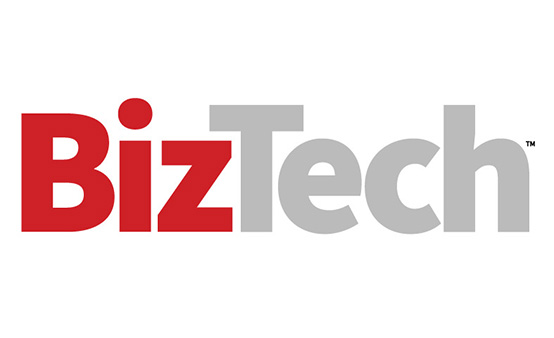Legacy Systems Create Blind Spots in Risk Management
Financial platforms built on legacy technology are often siloed, making incident response more difficult. Limited visibility across business units — retail banking, wealth management, corporate lending and beyond — means IT teams may struggle to pinpoint where an incident originated. The result: longer remediation times and greater risk of financial and reputational damage.
“As threats evolve, technical debt becomes a roadblock,” says Jeffrey Olson, director of software-defined WAN product and technical marketing at Aruba, a Hewlett Packard Enterprise company. “Security protocols and standards have advanced to address common threats, but if you have older technology, you’re at risk until you can upgrade your devices.”
Upgrades are rarely simple. Without a high-level view of what’s deployed where, it’s difficult to manually patch every ATM, trading workstation or customer-facing app server. This leaves vulnerabilities unaddressed, compounding risk exposure.
RELATED: Observability solutions help financial firms expose vulnerabilities and reduce risk.
A Compliance-First Approach to Reducing Technical Debt
The first step to reducing technical debt is to act now, Olson says. “Sweating it out” for another two or three years only makes matters worse, as change in financial institutions — often constrained by regulatory review cycles — takes time. Waiting also stymies innovation, limiting the ability to leverage advanced technologies such as artificial intelligence for fraud detection, algorithmic trading and customer service chatbots.
Firms should begin with a deep-dive gap analysis that identifies legacy technology and its operational limitations. Scott Ragsdale, senior director of U.S. healthcare sales at Nutanix, notes that financial organizations should pay particular attention to pain points that create compliance risks or overly complex workflows that fall short of security best practices.
The next step is prioritization. As Olson explains, not every system can be modernized at once; high-impact, high-risk systems should be addressed first, much like triage in a hospital.
“It needs to be a practical approach of enhancing what you have and putting layers of security in place,” Olson says.
Hyperconvergence Strengthens Security and Boosts Confidence
Ragsdale says financial firms often reduce technical debt by combining storage, server and networking infrastructure under a single, software-defined layer. This hyperconvergence delivers three immediate security benefits:
- Modern hardware is inherently more secure. Whether it’s the latest trading platforms or cloud-native payment processors, automated updates are easier to manage than manual patching.
- Converged infrastructure reduces attack vectors. By consolidating systems, firms need fewer point solutions to monitor, improving visibility for IT teams and accelerating time to resolution.
- Application performance improves. Eliminating lag reduces the temptation to bypass security protocols (e.g., password sharing on shared terminals), minimizing insider risk.
Hyperconvergence also enables financial IT teams to establish data lakes for managed detection and response, particularly at the network level. This allows for real-time behavioral analysis of devices and users. For example, if a system suddenly attempts unusually high data transfers or requests access to sensitive trading records, IT can flag the activity and isolate the threat before it spreads laterally through the institution’s network.
“You need modern infrastructure, with security built in at the network level, to take advantage of these powerful capabilities,” Olson says.










